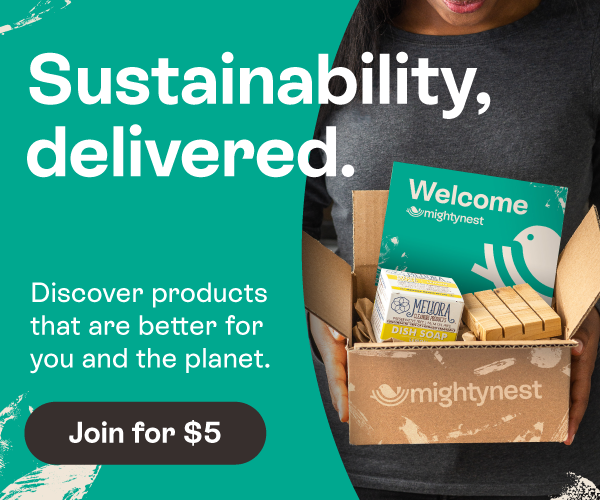
More and more, people are replacing non-stick cookware (which is lined with harmful chemicals) for non-reactive cookware made of inherently safer materials like clay and glass.
Two important changes which can have a huge impact are with cookware and food storage. We cook everyday, so cooking with an unsafe material can take its collective toll on our health. And when it comes to storing your food safely, it also makes the most sense to use real materials to do so.
Why Cookware?
Non-stick cookware is lined with harmful chemicals. Fortunately, there are several cookware options made of inherently safe materials such as clay, stainless steel, cast iron and glass.
What exactly is harmful about a non-stick surface?
The chemical PTFE is used to coat non-stick surfaces (metal pans, which are often aluminum) During manufacturing, PFOA (perflourooctanoic acid) is used to bond PTFE to the pan, creating a non-stick surface. The EPA has designated PFOA as a "likely carcinogen" and has even asked cookware manufacturers to phase out PFOA by 2015.
What should I use for safe and healthy cooking?
Ceramic, stainless steel and cast iron are all cooking surfaces that contain no harmful coating and produce no harmful PFOA gas. So, you're covered there.



Why food storage?
As you've likely heard by now, studies have shown that preparing, heating and storing your food in plastic containers can adversely affect your health. Bisphenol-A (BPA), which is the main component of polycarbonate plastic, has been linked to many health concerns, including infertility, cancer and ADD. And new studies are starting to show concerns with even BPA-free plastics.



Subjecting plastic containers to heat accelerates the leaching of BPA and other synthetic chemicals into your food. When wrapping foods, it's important to avoid wraps made of PVC which are found in commercial grade plastic wraps. Children are particularly vulnerable because of their undeveloped endocrine and immune systems. Along that same line, pregnant women and women of child bearing age need to be particularly cognizant of BPA’s health risks.
What should I use to store food safely?
We recommend using glass containers for baking, microwaving and storing your food. Unlike many food storage jars with metal lids (which often contain BPA), glass lidded jars and jars with BPA free lids are immune to rusting and are a safer material for food storage. This way, you're assured that the container is safe and NOT leaching toxins right into that wonderfully prepared dish.
For most people, eating natural and unprocessed foods is a priority for optimal health. Why use purified water and organic produce, only to let your food be contaminated by a toxic cooking pan?
This article is part of our 4 week get real drive. Here are three other changes you can make to keep your family healthy and safe and to help the planet.
- Clean Your Kitchen Simply and Safely
- Drink From a Reusable Beverage Bottle
- Save 500+ Plastic Bags a Year With Reusable Sandwich Bags
About MightyNest:
Founded by two parents, MightyNest is an online store, resource center, and community dedicated to helping parents create healthy, safe homes. Our mission is to give families the ability to research, get advice, and buy natural, non-toxic href="http://mightynest.com/">MightyNest's safety experts have built the web’s broadest selection of products that are free from known toxic ingredients such as BPA, PVC, Phthalates, Lead, Melamine, Formaldehyde, Parabens, and more. MightyNest is a place where people feel motivated and welcomed, not discouraged or judged; somewhere people are empowered to make changes in their lives, whether large or small. For the growing number of parents seeking high quality, healthy and safe alternatives to everyday products for their family, MightyNest is their most trusted resource.

